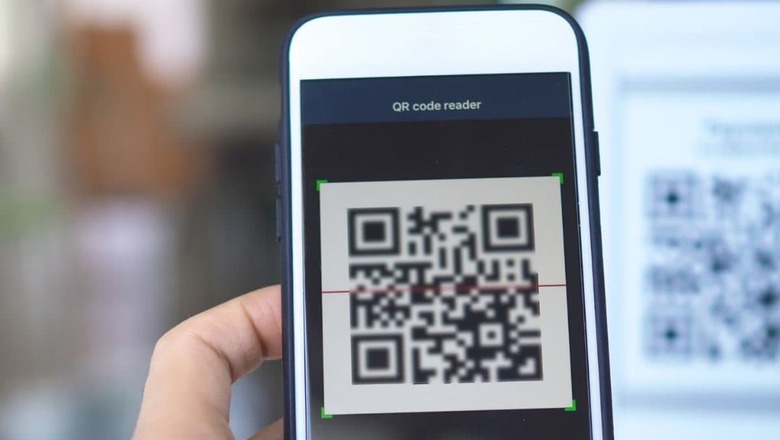
views
Financial payment scams are unfortunately prevalent around us, evolving and adapting to target unsuspecting individuals and businesses. Quishing is another type of phishing scam that uses QR codes to deceive people into giving away personal information or downloading malware.
What Is A Quishing Scam?
The name comes from “QR phishing,” combining the two aspects of the scam.
Phishing is a deceptive attempt to steal personal information, such as passwords, credit card numbers, or other sensitive data, by posing as a legitimate entity.
Here’s how quishing works:
- Scammers create a fake QR code: They can place it on stickers, posters, or even overlay it on legitimate QR codes in public places like parking meters or petrol pumps.
- The code looks innocent: It might appear to link to a website, or payment portal, or offer a discount or reward.
- When scanned, it directs you elsewhere: Instead of taking you to the intended destination, the code redirects you to a malicious website.
- The website aims to steal your information: It might look like a real website (e.g., your bank) and trick you into entering login credentials, personal details, or financial information.
- Malware can also be downloaded: Malicious codes hidden within the QR code can infect your device, stealing data or giving attackers remote access.
To protect yourself from QR phishing scams, it’s essential to be cautious when scanning QR codes, especially if they are received from unknown or suspicious sources.
Here are some tips to avoid falling victim to QR phishing scams:
- Be cautious with unfamiliar QR codes: Don’t scan them automatically, especially if they appear randomly or suspiciously placed.
- Verify the link before scanning: Check the website address encoded in the QR code using a QR code reader app that displays the destination before scanning.
- Look for signs of tampering: Real QR codes are usually printed professionally and well-aligned. Be wary of blurry, misaligned, or damaged codes.
- Only scan codes from trusted sources: If you’re unsure, verify the legitimacy of the QR code with the intended source (e.g., restaurant, parking meter provider).
- Use a secure QR code reader app: Opt for an app that allows you to preview the link before scanning and warns you of potential risks.
- Don’t enter sensitive information on unknown websites: Never share personal or financial details on websites reached through untrusted QR codes.
By staying vigilant and exercising caution when scanning QR codes, you can reduce the risk of falling victim to QR phishing scams and protect your personal information from fraudsters.




















Comments
0 comment